Tourism Management Assignment: Impact of Social media & Mobile technologies on Hong Kong Tourism
Question
Task:
Tourism Management Assignment Title: Evaluate the use of social media and mobile technologies. Using the case study of a Destination create a digital communication strategy for Dec2020 with the objective of social media engagement.
Assessment guidance: Your chosen case study is a Destination for the period of Dec2020. Evaluate their current online, social media and mobile technology applications and strategy. Investigate the opportunities for Instagram and Facebook to create a digital communication strategy of the time period.
The main parts of the assignment are the literature review and the digital communication strategy. The literature review should evaluate the current theories and studies on social media and mobile technologies in the destination context. The new strategy should outline the new strategy and a detailed overview of your social media engagement, including example posts.
Ensure you use academic references within your literature review, and that you add a copy of your collected data in the appendix.
Answer
Introduction:
The tourism management assignment will discuss the use of mobile and social media technologies in the tourism sectors to improve the services for customers. The assignment will also investigate the opportunities for Facebook and Instagram to develop a digital communication medium and strategy for the tourism sector. The Digital communication system is a more efficient system than an analogue communication system. It uses different social media platforms to communicate with people. The digital communication strategy involves four key steps to achieve success in business. Any organization and tourism sector need to develop the vision and goals of the business, choose the target market for business, identify their competitors, and identify the way to communicate with customers. Finally, the management of the business develops a digital communication strategy based on the current situation, and the marketing position of its key competitors. In the segment of the digital communication strategy, the company develops a digital communication medium by which the company can directly engage with their customers. The assignment will discuss the impact, opportunities, and challenges of digital technologies within the sector of tourism and hospitality. Moreover, the assignment will take a Hong Kong tourism destination to identify their digital communication strategies. Finally, the assignment will develop a plan for recommending a more efficient digital communication strategy to improve their business.
Literature review:
Use and impacts of Social media and Mobile technologies in destination tourism:
According to the research of Ukpabi and Karjaluoto (2017), The effective use of digital technology creates a positive impact on the business of tourism sectors. It improves the services of tourism that improve travel experiences for customers. The tourism sector in Hong Kong use digital technology to find new customers, to build a relationship with new customers, to increase the sale of the business. The main positive impact of mobile technologies is customers can immediately access the information about the destination and their needs. The digital technology helps to strengthen the relationship with existing valuable customers. It helps the tourism sector to develop a corporate image globally thus making Hong Kong an attractive visitor economy (Xu and Chan, 2016). Social media helps business to manage their marketing and customer relationship more effectively. Web 2.0 refers to a website for business or any other purpose. It facilitates interoperability, information sharing, user-generated design, and brings collaboration for end users. Social networking sites also help the tourism sector connect with their customer through online communities. Many tourism sectors use the social media platform to share their information with customers such as the images of the tourism sites, customer’s opinion, next destination, their community relationship, etc. It helps them to connect with more people globally (Net, 2020) (refer to Appendix 3). It increases social interaction with people. From social media interaction, the tourism sector can attract more customer base from the global region. The social media technology uses web-based technologies to interact with people. Many Tourism sectors as well as Hong Kong tourism sector develop their social web sites where they share their information about activities. Social websites include the company’s web site, blogs, Wikipedia, forums, Facebook, Twitter, professional networks like LinkedIn, etc. Through these social websites, the tourism sectors can share their information about the social activities, images, and videos of destination, and also interact with customers to know their experiences and needs (Yan, Zhou, and Wu, 2018). Through the social media website of the tourism sectors, customers can easily connect with the management of the tourism sectors. The tourism business needs to be authentic and transparent while sharing information through social media websites like Facebook, Instagram, Company website, blogs, Twitter, etc. It helps customers to collect relevant information about the activities of the tourism sectors. It increases the loyal relationship between customers and a destination planner.
Based on the research of the Dolan, Seo and Kemper (2019), the Tourism sectors must allow the co-creation that increases the communication with the customer. The co-creation provides power to customers to share their opinions, and experience with other people through the social media website of the destination. Co-creation helps tourism sectors to collect more opinions and feedback from customers. It creates a positive impact on the business. It also enhances customers’ experiences of travelling. Co-creation creates an innovative platform where customers can also participate in the problem-solving process with the management of the business. It helps tourism sectors to develop an innovative solution to a particular problem. The example of the co-creation is creating an online suggestion box for customers. In this process, the tourism sector submits their ideas on social media websites and lets customers vote on the ideas. It creates a value-based connection with customers.
Opportunities for social media and mobile technologies in destination tourism:
As the research of Liang et al. (2017), there are many more apps that are constantly introduced by the programmer to improve the social media strategy of the tourism business. It explores more opportunities for the tourism sectors to expand its business worldwide. There exist a vast number of standalone mobile apps are available for tourism such as Mobile concierge, travel guides, Accommodation planner, destination apps, travel organizer, airline services, augmented technology, airport information, accommodation planner, etc. Also, some integrated apps for tourism are available such as Maps, Facebook, and social media apps, Tripadvisor, etc. These all apps explore more opportunities for tourism sectors such as Hong Kong tourism sector to connect with their valuable customers. The use of social media and mobile technologies helps business to know their customers personally, their needs and requirements (Destination Marketing: A Guide to Social Media, 2020). It helps the tourism sector and various business functioning in this sector at Hong Kong to understand the customer’s feelings that help them to improve the customer’s experiences in travelling (refer to Appendix 2). The Social media platform helps tourism to collect customer’s feedback and opinions. It helps them to improve their services, products, and venue. The positive and transparent customer care services bring more opportunities for tourism business in Hong Kong that helps them to strengthen their brand associations. It helps them to gain useful insights into the behaviors of travelers and the perception of their tourism product. Better social media and mobile communication technologies empower suppliers and travel destinations (Parwani, 2020). It allows travel businesses to bring more efficiencies, flexibility, and collaboration in the entire process. Social media technology and mobile media technology build a long-term reputation for the tourism business and create a trustworthy relationship with customers. It brings more governmental opportunities that help them to regulate their business more successfully. The tourism sector can more effectively promote their business services and products through the social media platform. Currently, most of people are using mobile devices from tablet pcs to Smartphones. With the more advances in the technologies, customers are getting more addicted to the growing trend of using social media platforms to share their experiences through blogging, photo sharing, etc. Most of the travelers use the social media platform to collect more relevant information about destinations such as Hong Kong and tourism business across the destination. It is the main target point for the tourism sectors to grab opportunities to attract more customer base. The more attractive and effective social media platform helps them to connect with a global customer. It increases the sales of their services and raises their corporate reputation. The positive feedback from customers on the social media platform improves travellers. The mobile technologies and mobile apps of the particular destination and tourism sectors help customers to know about their services. The quality of social media on-line reviews increases the number of global opportunities for tourism sectors across destinations. The co-creation strategy of the tourism sectors improves the satisfaction level of the customers with more effective holiday experiences. It brings more competitive advantages for the tourism sectors. It also helps tourism businesses to expand their physical space for business into the virtual space for business. Few small and medium tourism enterprises also develop a transparent social media platform to strengthen their business growth and to increase their productivity. It helps them to reduce their operational cost. Web 2.0 means the social websites of the small and medium tourism sectors offer more opportunities to overcome the financial and technological barriers. It helps them to join the online global market place that creates a competitive edge for them.
Challenges of developing social media and mobile technologies in destination tourism:
As the research of the Lund, Cohen, and Scarles (2018), the destination’s tourism sectors also face several challenges while implementing social media and mobile technologies in the entire business process. There also chances of creating several negative impacts on the business. The main challenges of the social media platform for any destination including Hong Kong are the customers’ safety and security issues. The poor technology skill of employees may create challenges while developing the social media platform for the organization. The tourism sector at Hong Kong must maintain the flexibility to manage customers through the social media platform. As the research of Font and McCabe (2017), the bureaucratic rules of tourism sectors can create a barrier for their business. It is important to value the customer’s opinion and feedback for future improvement. Employee’s rude attitude and bad communication tone may bring more challenges to the tourism sectors. The employees need to use the right tone while interacting with customers. The employee’s responsibility is to learn from the right opinion of customers and not bully the customers. The poor management service of the social media platform may bring new challenges for any tourism sector including Hong Kong. It may create a negative impact on the business of the tourism sector (Jamal, 2018). It also may create a negative impact on customers that diminishes the relationship with customers. It also increases the number of legal threats from the government. Currently, continuously the percentage of cybercrime increasing for which it creates challenges for the companies to securely protect the information of customers and businesses. As an example, currently, tourism sectors maintain the General data protection regulation for the management of customer’s data effectively.
Digital communication technology and strategies for Hong Kong as a visitor economy:
Based on the research of Dijkmans, Kerkhof, and Beukeboom, (2020), the destination tourism sectors should develop the proper digital communication strategies for operating their business. The most essential part of the digital communication strategy includes identify the target customers, evaluates the effective social media platform to communicate with customers, evaluates the available digital communication channels in the market, etc. Any business operating in the tourism sector of Hong Kong should focus on its available resources and the management section to operate the social media and digital communication platform more efficiently. It is beneficial for the tourism sectors if they follow the examples of other companies comparable to their services. The management of the tourism sector should constantly monitor and review the entire implementation and development process to increase interaction with customers. There also different types of social media strategies are available in the market. The predictive practitioner strategy defines that each social media project should own by the specific department of the organization. Each social media project should have clear business objectives. But there is a little cross-functional coordination among each social media projects. Social media champion strategy defines the organization should have a centralized group and specific business leaders to manage and coordinate social media projects across the different departments. The centralized group should develop regulations, guidelines, and policies for using social media platforms. Any business operating in the tourism sector of Hong Kong should enlist evangelists and executive champions that also include external influencers to participate in the decision-making process and promote social media projects. The management of the organization should share previous experiences and best practices from the various projects. The creative experimenter social media strategy defines that the objective of the company is to learn from social media projects. The company should enable interaction with customers, engage customers to provide their opinions, listen to the customer’s opinion, and learn from the positive opinions. There are no predefine outcomes of the company, the company should place social media as an experiment. The Social Media transformer strategy defines that the organization should involve both external stakeholders and internal employees such as business partners and employees. The management of the organization operating in the tourism sector of Hong Kong should develop a social media technology medium in such a way that it helps them to learn new things and formulate this. The company should engage different departments in the entire process to develop a centralized group. It is the essential task of the centralized group that how social media feedback and opinions can inform the organization’s business strategy to integrate the emerging trends. As an example, the Trip advisor is the one of greatest review site for the tourism sector, hotels, restaurants, etc (A New Tripadvisor Experience: What You Need to Know | TripAdvisor Insights, 2020). In this site, destinations’ guidebooks are also available for customers (refer to appendix 1).
Based on the research of Law, Chan, and Wang (2018), customer engagement and communication is an important part of the digital communication strategy. The company should choose the appropriate social media tools such as Facebook, company website, Twitter, Instagram, LinkedIn, etc. The company should develop a social media team to monitor social media campaigns and evaluates the statistics of social media channels. Gamification is another social media strategy to enhance brand awareness, customer experience, and engagement of customers. It is the process of enhancing the entire services through provides Gameful experiences to their customers. It motivates customers to achieve the goal of exploring new tourism experiences. As an example, many tourism sectors use Geocaching technology to enhance more experiences for customers. Hong Kong as a popular visitor economy can use this as well. Geocaching is any time and any day adventure that takes customers to amazing and beautiful places across the destination. Customers can find the Geocache location through enable the GPS location sharing option in their mobile devices. Through the geocache app, customers can choose the nearest geocache location, then app helps customers by providing the exact location of the Geocache. It creates an adventure for customers while travelling. It creates a positive impact on the business of tourism sectors.
Theories on Social media and mobile technologies:
As the research of the Gao and Huang, (2019), more than 90% of all hotels in the UK are small and medium tourism enterprises and they influence the family managed strategy. Family-oriented businesses are quite different from the value maximization business goal. It more emphasizes on the lifestyle of customers. Re-engineering is another efficient business strategy while developing a digital communication strategy. It is the responsibility of tourism organizations to rethink how they manage their business operation to improve customer service and reduce the operational cost of the business (Sotiriadis, 2017). Based on the research of Nunkoo (2016), it is important to choose appropriate social media theory while operating a social media platform. The word of mouth theory defines that customers influence by the source of information and positive feedbacks from relatives, families, and other customers. Advancement of digital technology in the visitor economy is the combination of facilities, services, and products that total comprise the travel experiences of customers. The company should provide appropriate and accurate information timely to customers on the company’s websites (Pan and Croft, 2012). Theoretical models of social media with marketing implications). While developing the social media platform the tourism sector may attract customers by providing information on tangible elements and intangible aspects. Research shows that traffic volumes of top social media sites is higher than top mass media sites (refer to appendix 6). The tangible elements include images and videos of museums and local attractions of the destination. Intangible elements include the culture, art, and ambience across the destinations. The company also must provide information and images of services and facilities such as restaurants, hotels, and transport for locals and tourists. It increases the chance of positive feedback from customers (Litvin, Goldsmith, and Pan, 2018). The Social exchange theory defines the social media platform of the business depends on the user-generated content where customer share their experiences and knowledge. It is the responsibility of the tourism sector to monitor the social media platform effectively to enhance the interaction with customers (Pérez-Vega et al., 2018). The tourism sectors should develop location-based apps and context-aware mobile apps by which customers more efficiently communicate with tourism sectors. It defines as augmented reality applications such as enhanced booking experience, augmented transport, restaurants’ augmented services, augmented transport services, etc. As an example, Pokemon Go is another mobile application by customers to explore new places and enhance the travel experiences of customers. According to the statistics, 45.5% of local customers regularly play this game to explore a new location.
Case Study Analysis:
Existing online and social media technologies in Hong Kong Tourism and its benefits:
The author chose Hong Kong tourism as destination tourism for December 2020. Social media and mobile technology is the emerging trend in the tourism business. The Hong Kong Tourism sector also invests in developing its social media platform and online mobile technologies to enhance its business across the world. At present age, the number of mobile users are vast (refer to appendix 7). To improve the social media appearance of destination tourism, they provide vast information about Hong Kong such as information on things to do in Hong Kong, resorts and restaurants, shopping malls, and available transports. At Hong Kong the social media traffic is also increasing and reached a significant amount (refer to appendix 8). This tourism sector provides information about the outdoors of Hong Kong such as hiking and cycling opportunities in Hong Kong (Map | Hong Kong Tourism Board, 2020). They also provide the E-guidebook to provide information on the attractive places of hiking and cycling such as Hong Kong global Geopark, Islands of Hong Kong, and many other places. They also provide the E-guidebooks of best restaurants including maps and itineraries. E-guidebook of Self-guided walks for local customers that explore the new places with including walking routes and maps (Great Outdoors Hong Kong 2019-2020 | Hong Kong Tourism Board, 2020). It also provides the guidebook of shopping centres, skyline, and partying centres to spend quality time. In this E-guidebook, they attached the attractive images of places and static images of maps to direct the location of the places and also the elevation guide of some places (e-Guidebooks | Hong Kong Tourism Board, 2020). The company also provides the latest travel advice for tourists based on the situation that includes the information of opening hours of attractive places, travel, and health advice by providing the link of the health department website. The company also provides the MAP by which customers can easily search their desired location district wise (Refer to Appendix 6). It also provides the total information of direction to the particular location and the information of attractions, events, shopping, hotels, and dining in a particular location. They also develop their social media platform on Facebook, Twitter, Instagram, and share their latest travelling information, news on travelling places, including attractive images and videos. The Hong Kong tourism website also provides information about the culture and art of different places in Hong Kong that includes food culture, sports, bars, art lovers’ best restaurant, innovative restaurants, family hikes, live music venues, vintage shops, etc. This tourism sector also shares its information through Youtube videos with attractive images and videos of cultural events, hotels, attractive locations, hiking and cycling opportunities, art festivals, and many more (Discoverhongkong.com. 2020).
Existing mobile technologies in Hong Kong Tourism and its benefits:
This Hong Kong destination tourism sector provides the facility of some mobile apps that helps customers navigate the world of Hong Kong (Discoverhongkong.com. 2020). Through these mobile apps, customers can easily locate the information public transportation, weather forecast, city’s street, etc. The HKeMobility app provides information on public transport, walking and driving routes, real-time traffic information, and barrier-free routes of Hong Kong for disabled persons, etc. The HKG My Flight app provides the information of passengers with real-time flight, map of airport indoor area and real-time navigation, boarding alerts, translation of airport directional signage, and also the information on airport facilities, transport, services, dining, and shopping. Hong Kong licensed guesthouse and hotels apps provides the information and location of licensed hotels and guesthouse including both offline and real-time map (Refer to Appendix 6). MyMapHK app provides information on the geographic location of over 120 public facilities in Hong Kong. Toilet Rush app is the toilet guiding app for Hong Kong and always provides the information of nearby toilets. Etc (Mobile Apps | Hong Kong Tourism Board, 2020).
Existing Digital communication strategies in Hong Kong Tourism:
According to the above analysis, it identified that the Hong Kong Tourism sector maintains both social media champion and social media transformer strategy to regulate their business more successfully. The website of this tourism sector develops a News section by which they provide the latest news on travel places, health advice, an attraction in Hong Kong such as museums, global parks, streets, etc. This tourism sector also provides the “PLAN YOUR TRIP” section for customers to provide the information on available travel kits, traveller guide info, vacation packages, latest travelling promotion info such as web series on travelling, etc. They also provide the E-coupon services for tourists to attract more customers (Discoverhongkong.com. 2020). They also collect the opinions and feedbacks from these social media platforms and positively interact with customers to clear their doubts.
Finding Opportunities for Instagram and Facebook:
The Hong Kong Tourism can use the Instagram pages to increase their sales of services. The new features of Instagram bring more opportunities for destination tourism’s Instagram pages such as website links on Instagram stories, more service-related posts on Instagram, etc. The company can also deal with popular Instagram artists to promote their business or services through a small clip of the Instagram video. The Instagram video should provide brief information on facilities, services, accommodations, attractive places in Hong Kong with images. It should contain the direct link of the Instagram profile of the Hong Kong Tourism and the link of Hong Kong Tourism websites. The Hong Kong tourism sector also can use the latest Facebook features for business. Facebook is the best platform by which the company can share more information with their Facebook followers. The information should also contain the link to the Hong Kong Tourism website. The company can also use Facebook ad features to promote their business more successfully.
Discussion and conclusion:
Discussion
According to the above analysis, The Hong Kong Tourism sector should improve their digital communication strategy through the Instagram and Facebook pages to explore more opportunities for the destination.
The main objectives of The Hong Kong Tourism are:
- To explore the opportunities for the Company’s Instagram and Facebook pages.
- To identify proper social media tools for enhancing the services of Destination tourism’s Instagram and Facebook pages.
- To create a strong digital communication strategy based on the identified opportunities for Facebook and Instagram pages.
Currently, the plan of 6 months is taken into account to investigate more opportunities for Instagram and Facebook pages of Hong Kong tourism. It would help Hong Kong Tourism to create an efficient digital communication strategy for enhancing the travel experiences of tourists and locals in Hong Kong.
Table of entire investigation plan:
|
Strategy actions |
Major Technology |
Duration |
|
Facebook: Opening Facebook profile, developing content for Facebook ads, choosing attractive images and video for Facebook posts, provides links of Hong Kong Tourism websites |
Mobile, Graphic design |
2 to 3 hours per day |
|
Instagram: Opening Instagram profiles, choosing a popular Instagram artist for promoting their service, provide brief information, images and videos, website link |
Mobile, graphic design, |
2 to 3 hours per day |
It will bring more opportunities for the Instagram profile of the destination that increases the number of Instagram followers. The company can gain more user-generated content from Facebook. The company can also use some social media tools such as google trends, Buzzsumo, canva, buffer publish, etc. These social media tools will help them to find the most trending influencers and shared content on Instagram and Facebook. It will help them to find the most trending topics of Hong Kong tourism on the Instagram and Facebook pages. This entire plan will be to explore more opportunities for Instagram and Facebook profiles of Hong Kong Tourism. It will also help to create a proper digital communication strategy to interact with customers efficiently for December 2020.
Recommendation
Based on the above plan, it recommended that Hong Kong tourism should monitor the entire process by using the appropriate social media tools. It will help them to enhance their understanding level how they can use those identified opportunities to create an efficient digital communication strategy for the company. On the other hand, they should develop a social media team for monitoring the entire project and evaluates the effectiveness of the investigation plan. The company should provide relevant information on Instagram and Facebook pages to explore more opportunities for the business. The social media team should positively interact with customers that will help them to develop a trust-worthy relation. Currently, in this time of COVID 19 pandemic, the Hong Kong tourism sector should provide health advice to ensure customers' health and safety factors.
Conclusion
It concludes that the above discussion and recommendation will be beneficial for Hong Kong Tourism to investigate more opportunities for Facebook and Instagram profiles in December 2020. It will help them to create a more effective digital communication strategy for the Hong Kong Tourism to enhance their service.
References:
Dijkmans, C., Kerkhof, P. and Beukeboom, C., 2020. Adapting to an Emerging Social Media Landscape: The Rise of Informalization of Company Communication in Tourism. In Information and Communication Technologies in Tourism 2020 (pp. 3-14). Springer, Cham.
Discoverhongkong.com. 2020. [online] Available at:
Discoverhongkong.com. 2020. E-Guidebooks | Hong Kong Tourism Board. [online] Available at:
Discoverhongkong.com. 2020. Great Outdoors Hong Kong 2019-2020 | Hong Kong Tourism Board. [online] Available at:
Discoverhongkong.com. 2020. Map | Hong Kong Tourism Board. [online] Available at:
Discoverhongkong.com. 2020. Mobile Apps | Hong Kong Tourism Board. [online] Available at:
Dolan, R., Seo, Y. and Kemper, J., 2019. Complaining practices on social media in tourism: A value co-creation and co-destruction perspective. Tourism Management, 73, pp.35-45.
Font, X. and McCabe, S., 2017. Sustainability and marketing in tourism: Its contexts, paradoxes, approaches, challenges and potential. Journal of Sustainable Tourism, 25(7), pp.869-883.
Gao, B. and Huang, L., 2019, September. Smart Media Audience-type User’s Media Service Acceptance: an Empirical Research. In The 4th International Conference on Economy, Judicature, Administration and Humanitarian Projects (JAHP 2019). Atlantis Press.
Hootsuite. 2019. Digital 2019 Hong Kong (January 2019) V01. [online] Available at:
Jamal, H.J., 2018. Antecedents and Consequences of Social Media Adoption in Travel and Tourism: Evidence from Customers and Industry. Available at SSRN 3230663.
Law, R., Chan, I.C.C. and Wang, L., 2018. A comprehensive review of mobile technology use in hospitality and tourism. Journal of Hospitality Marketing & Management, 27(6), pp.626-648.
Liang, S., Schuckert, M., Law, R. and Masiero, L., 2017. The relevance of mobile tourism and information technology: an analysis of recent trends and future research directions. Tourism management assignment Journal of Travel & Tourism Marketing, 34(6), pp.732-748.
Litvin, S.W., Goldsmith, R.E. and Pan, B., 2018. A retrospective view of electronic word-of-mouth in hospitality and tourism management. International Journal of Contemporary Hospitality Management.
Lund, N.F., Cohen, S.A. and Scarles, C., 2018. The power of social media storytelling in destination branding. Journal of destination marketing & management, 8, pp.271-280.
Net, H., 2020. The Impact Of Social Media On The Tourism Industry. [online] Hospitality Net. Available at:
Nunkoo, R., 2016. Toward a more comprehensive use of social exchange theory to study residents’ attitudes to tourism. Procedia Economics and Finance, 39(588), pp.30303-3.
Pan, B., and Crotts, J. 2012. Theoretical models of social media with marketing implications. [online] Available at:
Parwani, S., 2020. Impact of Technological Innovations on Tourism Industry. Studies in Indian Place Names, 40(50), pp.2023-2027.
Pérez-Vega, R., Taheri, B., Farrington, T. and O'Gorman, K., 2018. On being attractive, social and visually appealing in social media: The effects of anthropomorphic tourism brands on Facebook fan pages. Tourism management, 66, pp.339-347.
Sotiriadis, M.D., 2017. Sharing tourism experiences in social media. International Journal of Contemporary Hospitality Management.
TripAdvisor Insights. 2020. A New Tripadvisor Experience: What You Need To Know | Tripadvisor Insights. [online] Available at:
Ukpabi, D.C. and Karjaluoto, H., 2017. Consumers’ acceptance of information and communications technology in tourism: A review. Telematics and Informatics, 34(5), pp.618-644.
Xu, J.B. and Chan, S., 2016. A new nature-based tourism motivation model: Testing the moderating effects of the push motivation. Tourism management perspectives, 18, pp.107-110.
Yan, Q., Zhou, S. and Wu, S., 2018. The influences of tourists’ emotions on the selection of electronic word of mouth platforms. Tourism Management, 66, pp.348-363.
Appendices:
Appendix 1:
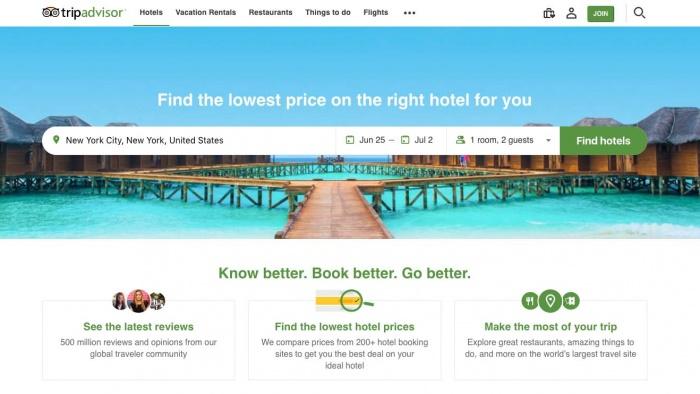
Figure 1: TRIPADVISOR
Source: (A New Tripadvisor Experience: What You Need to Know | TripAdvisor Insights, 2020)
Appendix 2:
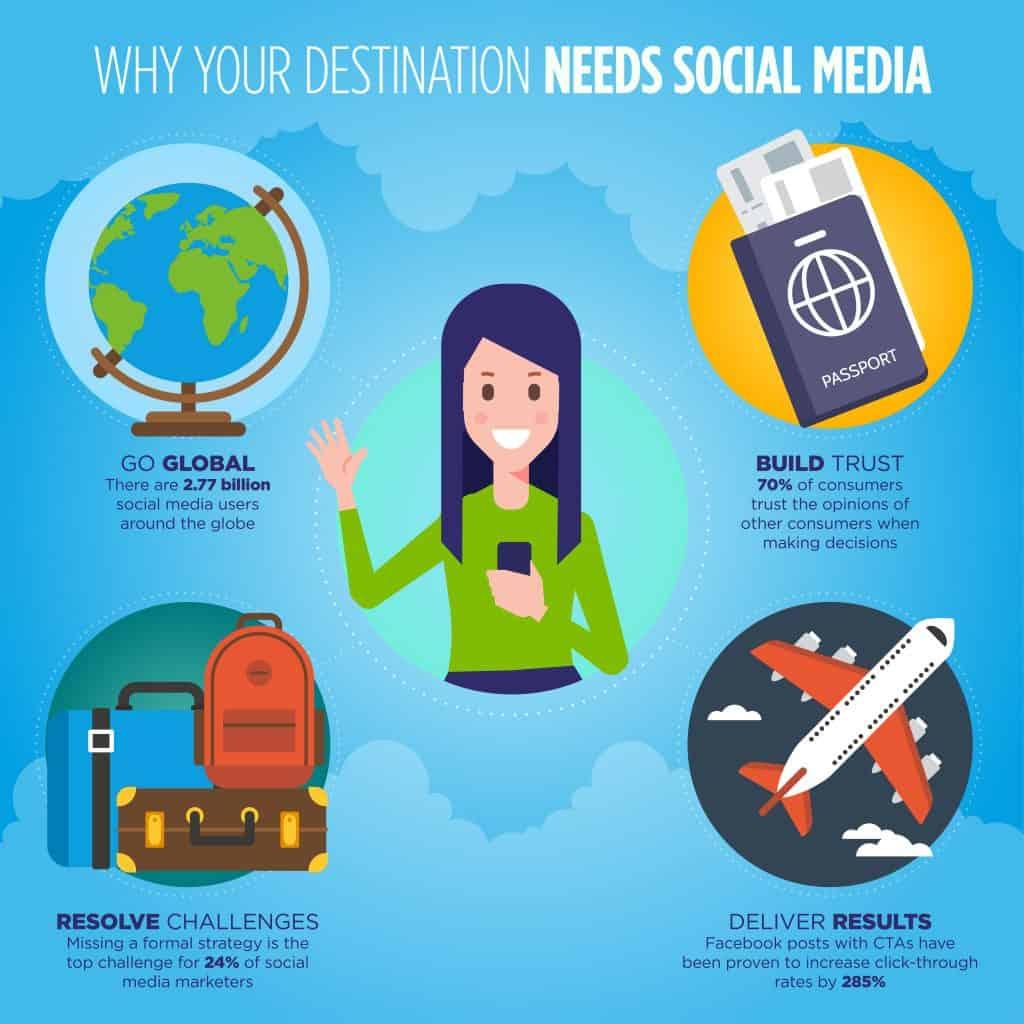
Figure 2: Oppertunities of social media for visitor economy
Source: (Destination Marketing: A Guide to Social Media, 2020)
Appendix 3:
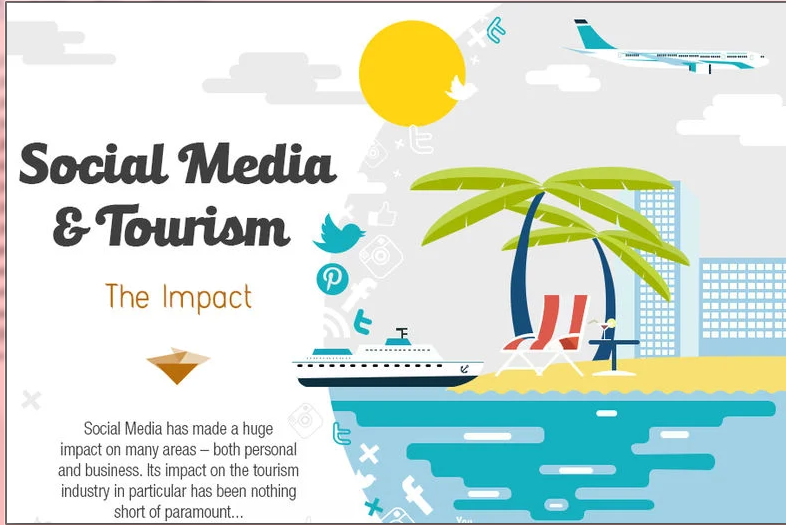
Figure 3: Impacts of Social media technologies in destination tourism
Source: (Net, 2020)
Appendix 4:
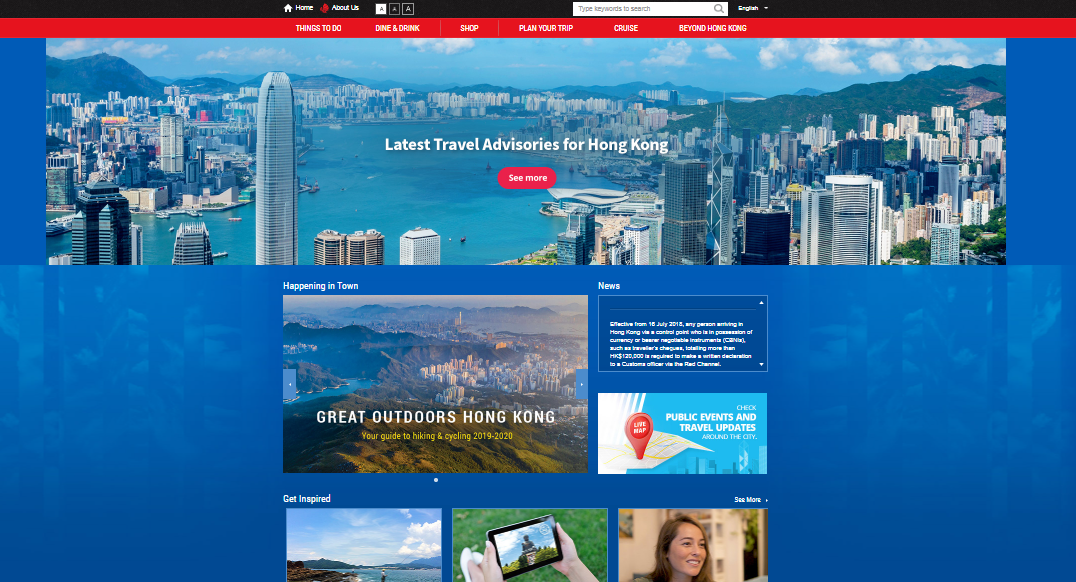
Figure 4: Hong Kong tourism website
Source: (Discoverhongkong.com. 2020)
Appendix 5:
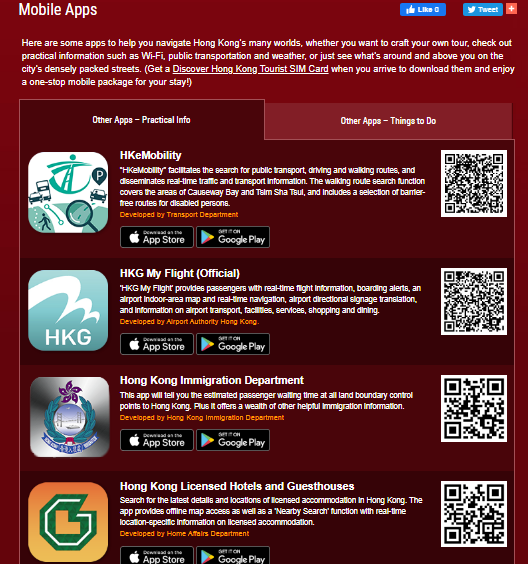
Figure 5: Existing Mobile technologies in Hong Kong Tourism
Source: (Discoverhongkong.com. 2020)
Appendix 6
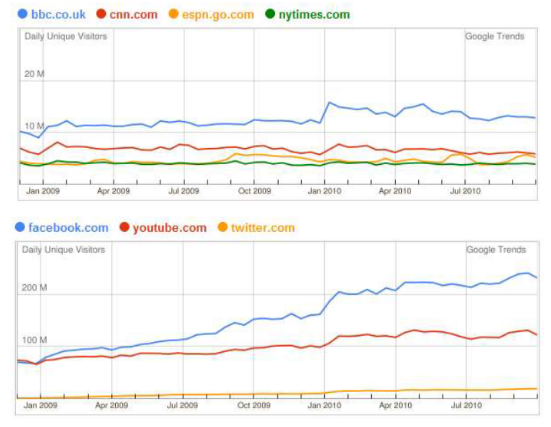
Fig 6: Traffic Volumes of Top Mass Media Sites versus Top Social Media Sites
Source: (Pan, and Crotts, 2012)
Appendix 7
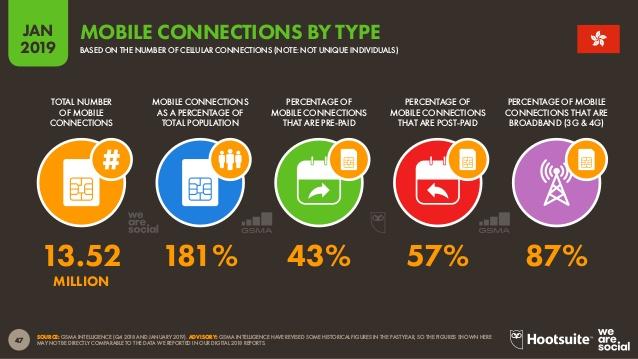
Fig 7: Mobile connections by type
Source: (Hootsuite. 2019)
Appendix 8
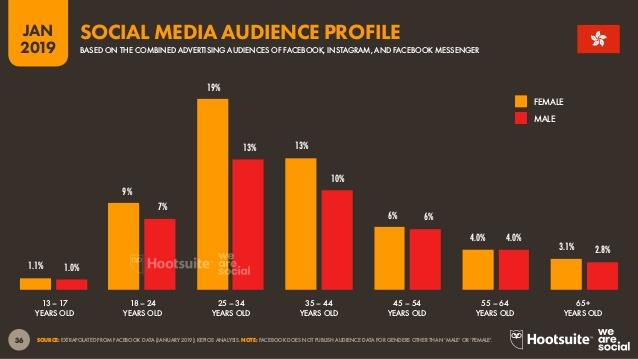
Figure 8: Type of social media audiences
Source: (Hootsuite, 2019)












